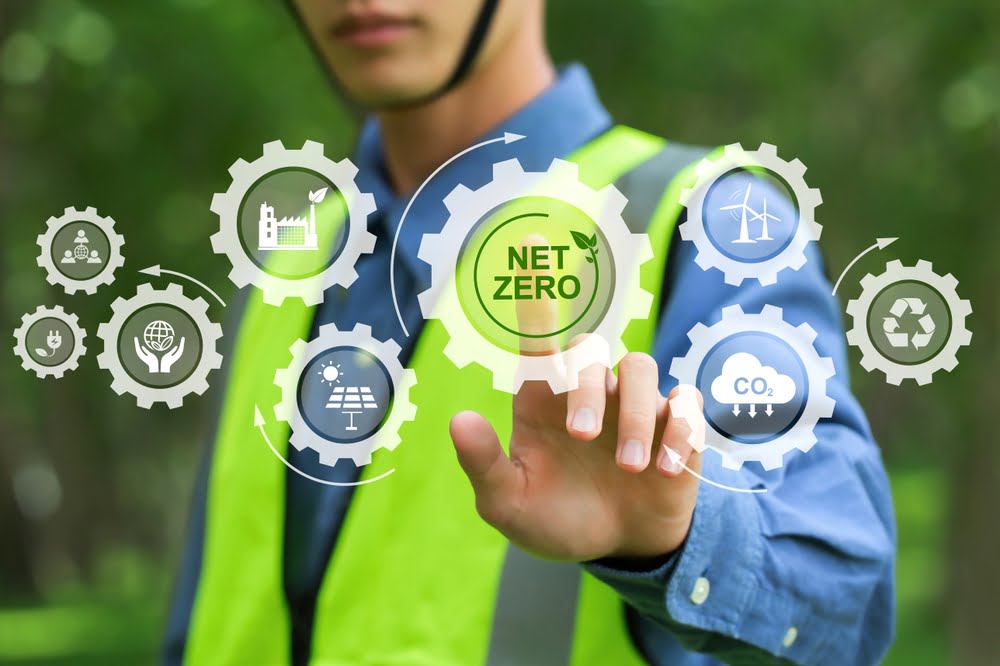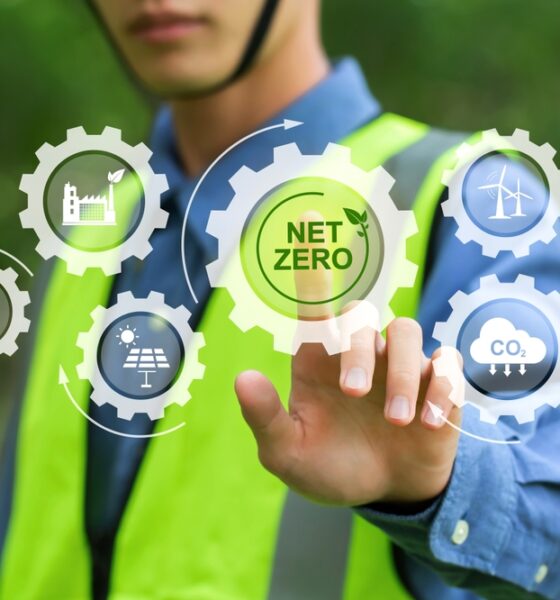

Environment
3 Ways to Keep Your Construction Business Green
Significant global carbon emissions are produced by the construction and built environment industries. The International Energy Agency reports that 39% of the global common footprint is caused by construction companies. Each construction company has a role to play in reducing its footprint.
We should some important steps that people can take to have careers in Sustainable construction. You will need to take some additional steps if you want to run your own eco-friendly construction company.
Building companies can start by looking at safer, more sustainable construction materials and deciding how to change certain daily practices with greener ones. For example, it’s a smart idea to train employees in greener ways of handling projects and go paperless in their everyday dealings. Make sure the business is covered by a good builders’ insurance policy that takes into account the way the business operates and the materials it uses.
Here are three of the major ways you can make your construction business greener:
1. Using green materials
Every year, we use 4 billion tons of cement, globally. The production process generates about 2.5 billion tonnes of carbon dioxide, which is about 8% of the global total of C02 emissions.
You can help by recycling old concrete when working on a demolition. Set up a portable crusher with a powerful electromagnet system, a water flotation, or an air separator system so that it can pull any steel remnants out of the old concrete. Systems with cones, jaws, and conveyors are best for easy recycling.
Another way to be green is to use hempcrete, also known as hemp-line. It’s a substitute for concrete, plaster, and mortar and is made by mixing lime and hemp. Extremely versatile, it offers certain practical advantages. One of these is its natural insulating properties which means you can use it to build self-insulating walls that can lower energy bills.
2. Explore smart technology
New smart technology is constantly being developed to help the construction industry go green. For example, electrochromic glass windows provide a solar shading solution that prevents sunlight from overheating a building. This reduces the need for energy-guzzling air conditioning solutions.
The nature of a construction worker’s job entails many hazards. But there’s good news! There are a variety of wearable tech solutions available that an employee can wear while working that collect real-time data on the safety of daily working conditions. Some of these can directly notify them of a potential accident before it occurs.
3. Reducing waste
Another large reason current construction practices cause so much negative impact on the environment is the way the industry disposes of waste.
It’s good practice for a business to have a Site Waste Management Plan that deals with this. There’s a hierarchy that helps you break down your construction waste approach into manageable chunks:
- Reduce: this means planning what construction materials you buy carefully, to prevent future unnecessary waste.
- Reuse: You can reuse many materials for other projects or do swaps with other building sites for materials you need more urgently.
- Recycle: Be clear on how to separate recyclable waste from unrecyclable ones. Metal, plastic, wood, concrete, and glass are among the many materials which can be recycled.
- Dispose: this is the last resort and refers to materials that definitely can’t be reused or recycled in any way.
There are various key ways to green up your construction business. Changing the way your construction business does things at a fundamental level is one. By also substituting materials for greener ones and finding smarter tech to use, we can all work towards a more sustainable future.






























